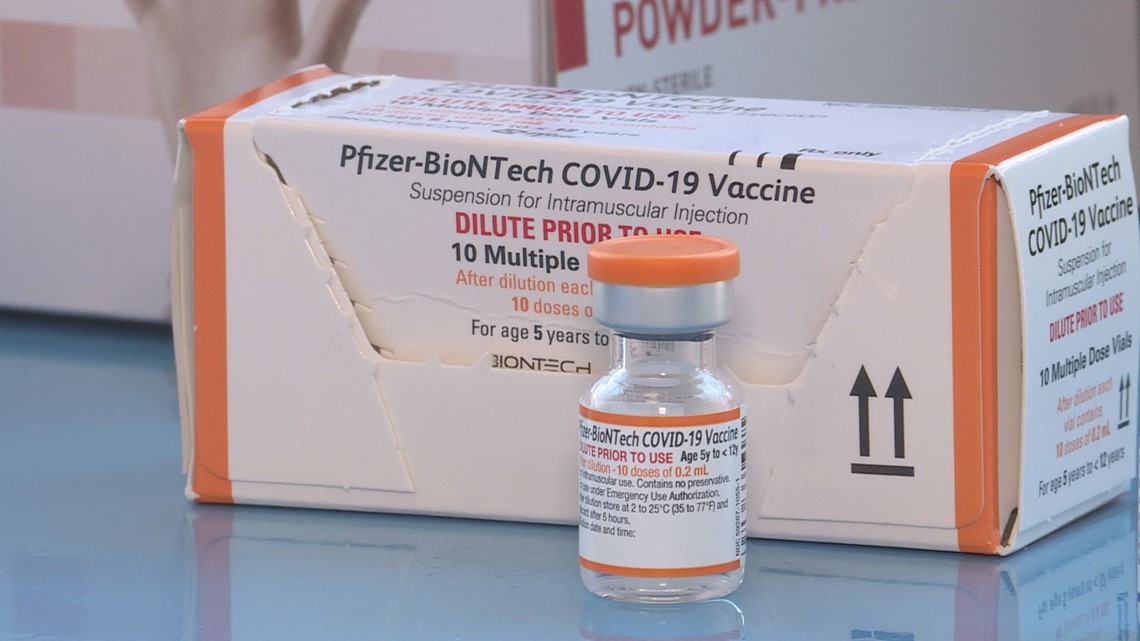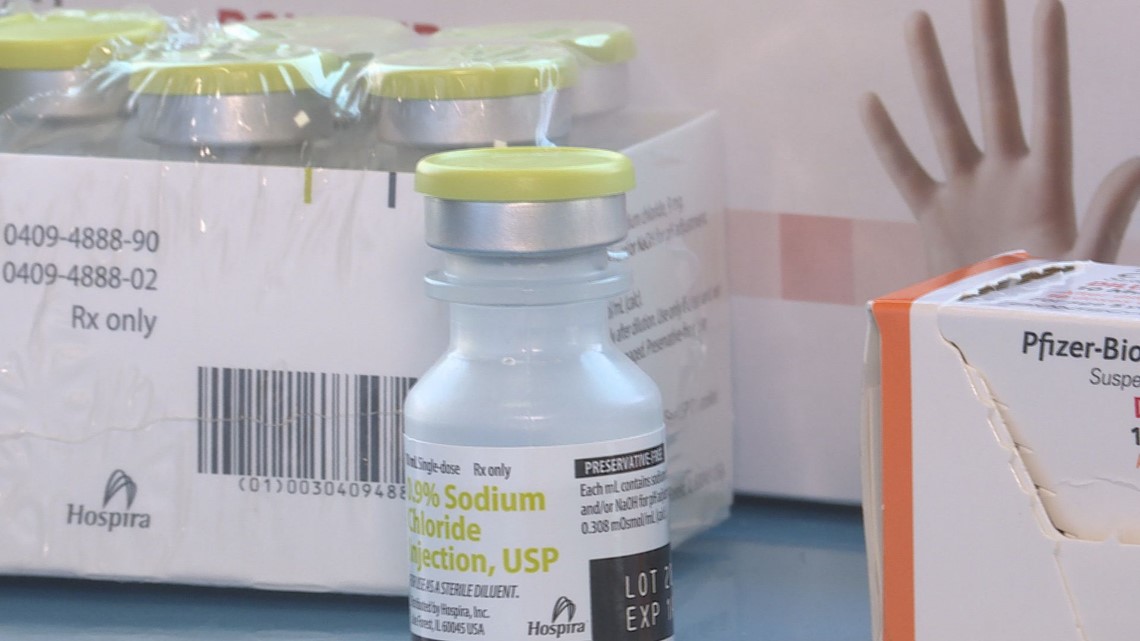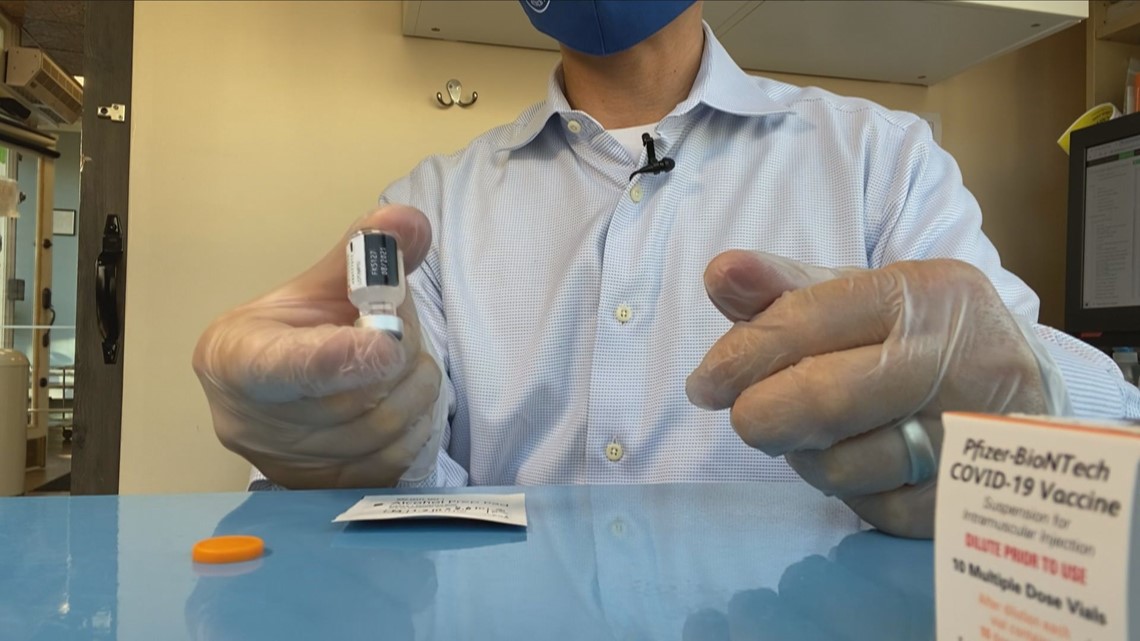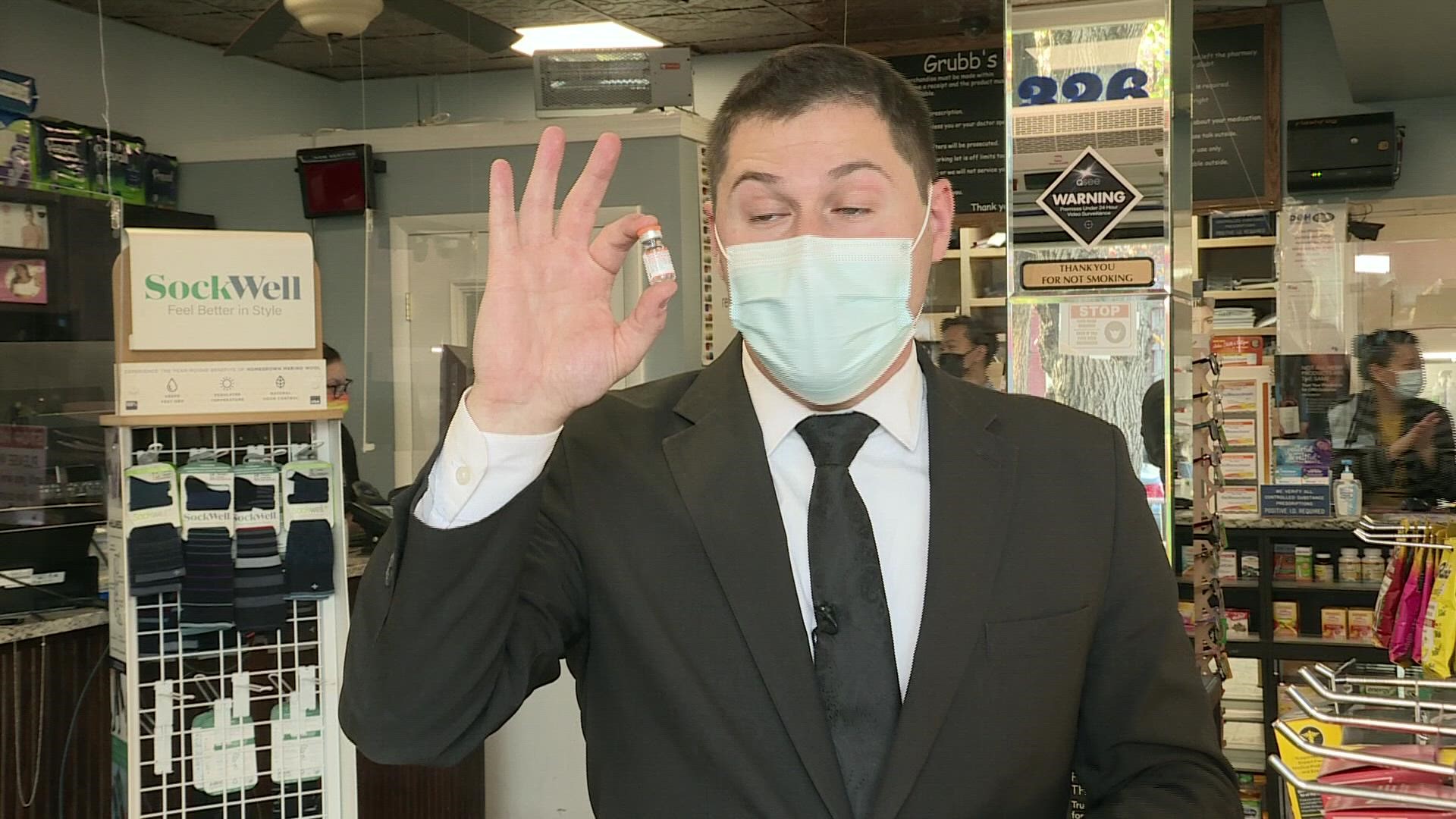WASHINGTON — It's been about two weeks since Pfizer's COVID-19 vaccine for kids between the ages of five and 11 was approved, and in that time WUSA9 has reported four incidents where children received the wrong dose of the vaccine.
With each incident we report, we're hearing more outrage and more questions.
"This is the third story I have heard about this happening in the past week," one person wrote to us. "I guess they shouldn't have been in such a hurry to get it out. Obviously, it wasn't ready."
"This happened in Virginia as well," another commenter wrote. "I think they need to retrain."
Then there were questions over why shots were being diluted in the first place and comments about the vaccination process not being transparent enough.
"Only the one that was giving it would know what was given and how would anyone know unless they was there watching what was going on and if it was wrong they should [have] spoken up and stopped what was going on," someone commented on a WUSA9 post.
So, the Verify team went to the experts, to understand the process step-by-step, of how a child dose of the Pfizer vaccine is prepared.
What are the exact steps doctors and pharmacists take to prepare the Pfizer COVID-19 dose for children?
Verify researchers read through Pfizer's factsheet given to healthcare providers, and met with Dr. Michael Kim, pharmacist and owner of Grubb's Pharmacy in Capitol Hill, to walk through the process.
First, the vaccine vials are shipped in very cold temperatures. If they are shipped with dry ice, as Dr. Kim's doses are, containers are kept between -13°F- 5°F.
The child vaccines are easily identifiable by their orange caps and labels with an orange border.


Once on site, the vaccines are kept frozen for longer stretches of time or transferred to a refrigerator for thawing and more immediate use.
After being thawed, the pharmacist follows a few simple steps.
First, the pharmacist fills a syringe with 1.3mL of sterile 0.9% Sodium Chloride Injection, USP.


Next, he or she adds the sodium chloride to the vial, to dilute it. Pharmacists are trained to mix it together by gently turning the vial back and forth.
The last step is filling the syringe with 0.2mL of the now diluted dose.
Each diluted vial contains about 10 doses—or enough to vaccinate 10 children.


Dr. Kim says if you have questions concerns ask a pharmacist.
"We can show you the process, and walk you through—hold your hand through the whole process," Dr. Kim said.
Dr. Kim said he believes these mishaps in the way vaccines are administered are rare, and all over the country, these vaccines are being given out without any mistakes.

